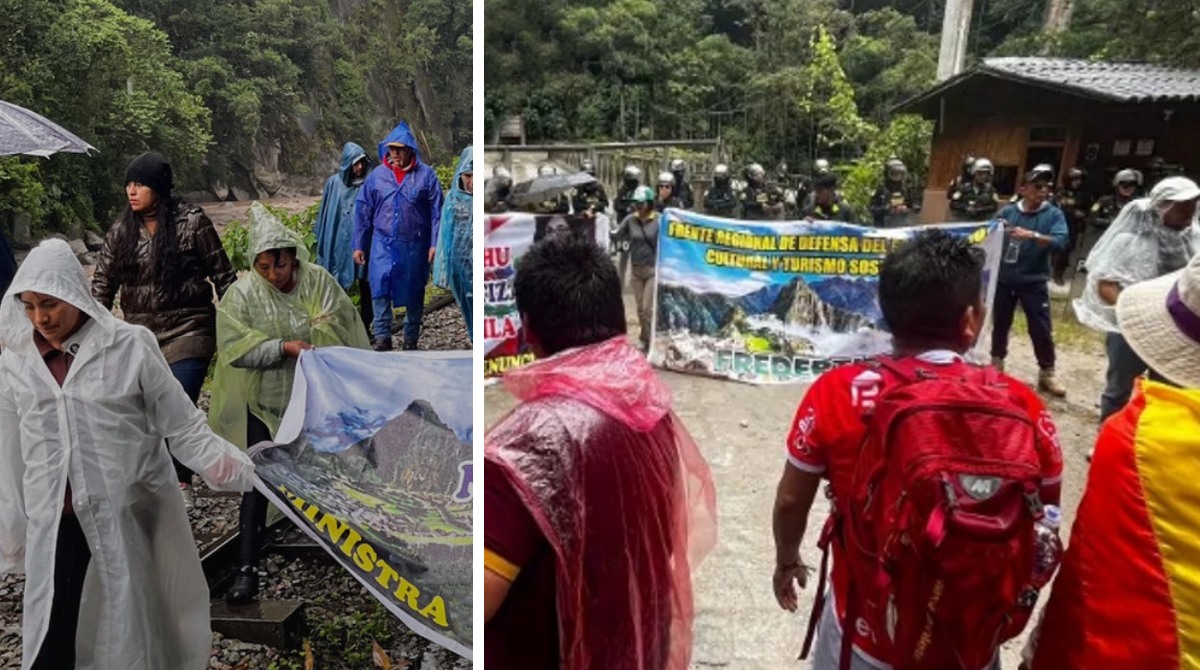It has become tough for tourists to get to the famous Machu Picchu: one of the main sights of Latin America is blocked by protesters. They blocked the most convenient railway access to Machu Picchu. According to the local press, the slogan of the insurgents is “no tourism if there are online tickets”.
The protests were sparked by a new online ticketing system from the Ministry of Culture for all of Peru’s attractions. It was launched on January 20 by the private contractor Joinnus. As the protesters assure, this is a step towards the privatization of the legendary monument. Moreover, protests started immediately on the day of the launch in the capital of Peru, Cusco. And then the railway access was closed for tourists.
As local tour operators assure, the railway route is critically important. Access to Machu Picchu in the Andres Mountains is the shortest route, other ways to get to the legendary Inca citadel take more than nine hours, and part of it is on foot. “You have to go about five to six hours by bus, and then you walk for about three hours to the city of Aqueous Calientes and you walk to Machu Picchu,” explained Sarah Mijiniac, general manager of G Adventures for Latin America. Some of the tour operators have already had to take out tourist groups by car and redirect other groups. “Travellers staying in Machu Picchu/Aguas Calientes should contact local authorities (via tour operators or hotel front desks, if necessary) regarding available departure options,” the U.S. Embassy in Peru warned.
There is a risk that from February 1, the government will announce the closure of access to Machu Picchu altogether, as negotiations with the protesters have reached an impasse. Before the talks broke down, Culture Minister Leslie Urteaga said she was open to dialogue, but that the new system would work as planned and the protests must stop. She said the government would use force if necessary to restore service to Machu Picchu.
At the same time, it has already been calculated that the daily losses from closing access to the famous attraction of Peru are worth about 263 thousand dollars. At the same time, pessimists say that the situation is risky for tourism as a whole – in 2023, protesters already closed the railway connection with Machu Picchu, and hundreds of tourists got into a difficult situation, as a result of which many refused to travel. “If these new protests in Machu Picchu attract the wide attention of the world public, Peru may have to deal with another failure in the recovery of tourism,” – assures the local tourism business. However, the peak of the tourist season will not begin until April, and there is hope that some kind of compromise will be reached by then.
OUR REFERENCE: Machu Picchu is the legendary capital of the Incas the most famous landmark in Peru, and one of the most famous in all of Latin America. The holy city was built in the 15th century, and rediscovered by Europeans at the beginning of the 20th century. In total, there are more than 200 buildings in the lower and upper city. At the same time, it is not so easy to visit the place – a limited number of tickets are sold per day, and the launch of tourists starts in the very morning and lasts until 2:00 p.m. By the way, in 2007, Machu Picchu was included among the “new wonders of the world”.

